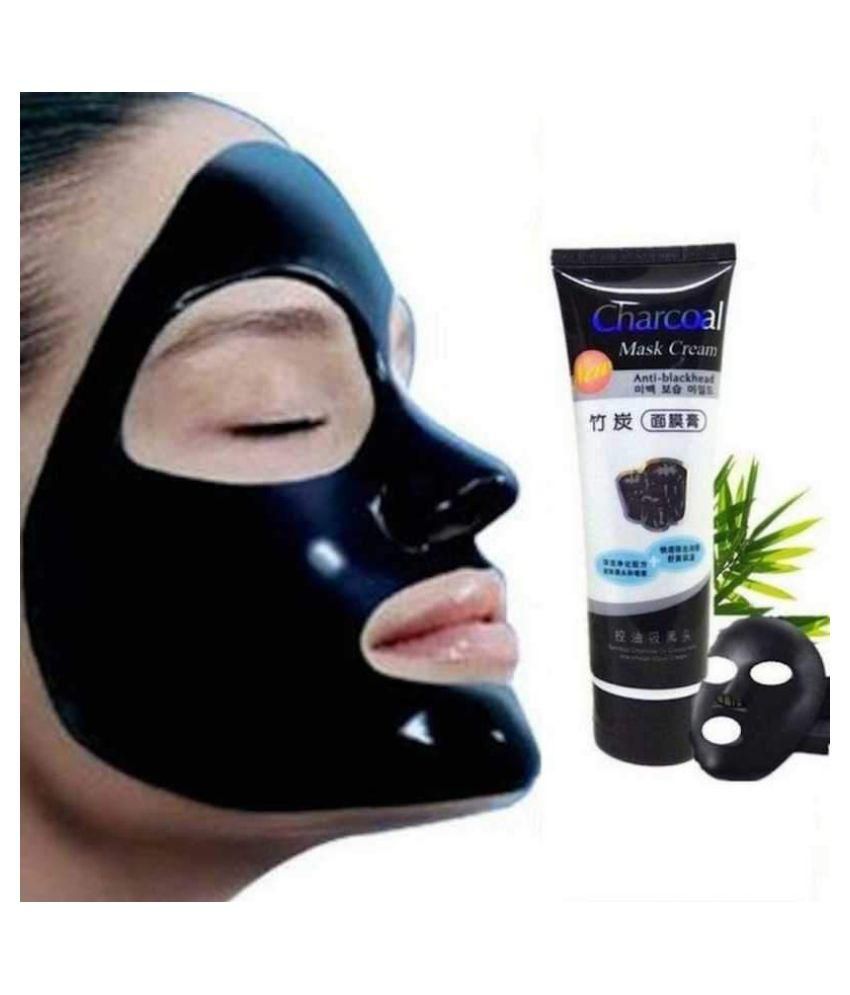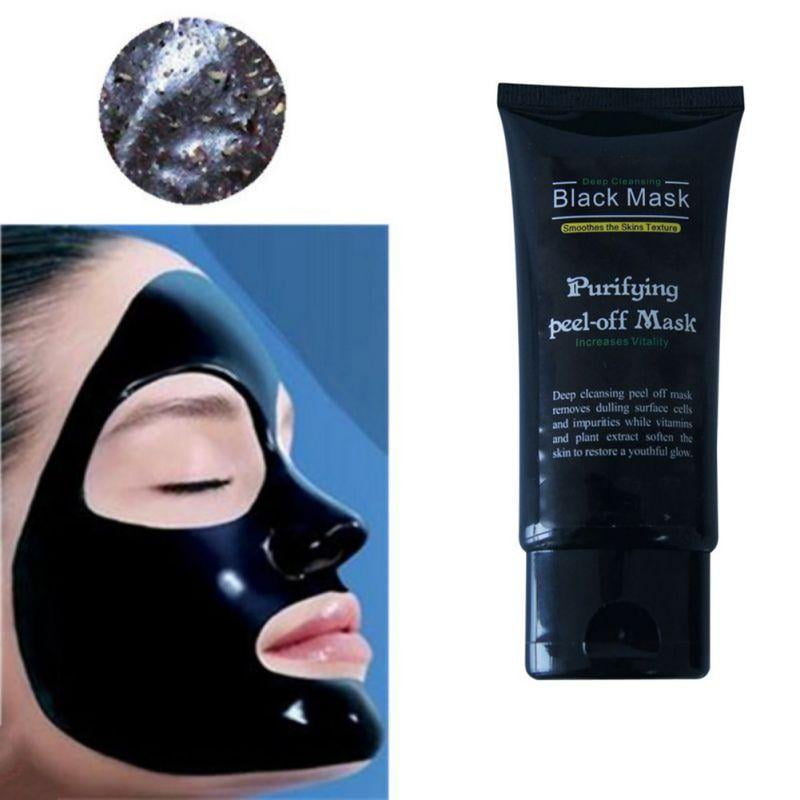Table of Content
Apply the mask like normal; however, wash it with water rather than peeling it off to avoid any skin discomfort. Using a charcoal face mask is suggested no more than once a week. For sensitive skin, use bi-weekly or monthly. First, wash your face with your favorite all-natural face wash and allow the skin to air dry.

Its leaves exhibit potent antibacterial properties, which can help reduce acne breakouts. Apply the paste evenly to your face using a clean brush. Don’t put it too close to your eyebrows and hairline as it can stick to the hair in those areas and pluck them out.
How to make Charcoal & Gelatin Peel Off Mask for Face
Want to become a professional organic skincare formulator, so you can confidently create your own face mask formulations? Sign up now for our free online course and learn the secrets of becoming a formulator. Rice powder is a silky, white powder and helps give the activated mask a velvety feel. When working with activated charcoal powder, please make sure you wear a protective face mask and gloves and protect your clothes. It is a fine powder and can irritate your airway when breathed in. It stains, so be careful when working with charcoal.
Charcoal peel-off masks made with a glue base will effectively pull away heavy grime buildup. Remove these masks gently and slowly to avoid irritating or damaging the surface skin. Lastly, be sure to select ingredients well suited to your skin type and skin care needs. Egg white masks are purported to be the gentlest DIY option available, however they involve a messier and more complicated application process. They are also extremely fragile, which makes them less effective at pulling away surface impurities than other peel-off masks. Egg whites are another popular base for masks.
DIY Peel-off Face Mask Recipes for Oily and Acne-Prone Skin
If using a brush, make sure it’s a soft-bristled brush. Do this over the sink as this can get awfully messy. When using glue as the adhesive base for your DIY mask, avoid strong ones such as superglue which can damage skin, and choose only those identified as nontoxic. Mix all the ingredients into a small ceramic bowl.

In this formulation, we are using the powdered root which secretes mucilage. This is excellent for soothing and softening the skin to leave it feeling moisturised. This may be one of the reasons why you see charcoal-containing cosmetic products using marketing slogans including the words ‘pore-cleansing’ or ‘blackhead removing’.
How to Make a Charcoal Peel‐Off Facial Mask
Try not to let it dry completely, but if that happens, spray some water or toner on the skin. Dried masks are very uncomfortable as they can drag and hurt the skin. How you activate your mask is down to personal choice, but you can use hydrosols, toners or water.

You know the glue that your kids use for art projects. It is important to keep the mask off your eyebrows, hairline, and eyelashes, as it can pull out hair. If you get any on the hair, remove it immediately with warm water, do NOT peel it off. Using a small make-up brush, apply the charcoal mask evenly to the face in a thin layer.
You’ll find an assortment of ingredients for this recipe, including activated charcoal. Examples include other clays such as pink clay or green clay, or herbal powders such as marshmallow powder, cacao powder or rose petal powder. You can use a bi-phase product to activate the masks. If you have dry skin, you may prefer this option because the oil content in the bi-phase product will ensure the mask won’t dry out. Ensure you shake the bi-phase product well before using it in your mask.

These products commonly contain a mixture of alpha and beta hydroxy acids. Target oily and acne-prone skin and prevent breakouts with a mask containing anti-inflammatory, antibacterial and oil-absorbing ingredients. Witch hazel, honey and tea tree oil ease irritation and prevent infection, while charcoal absorbs excess sebum from the skin. As soon as we hear Charcoal, what instantly comes to our mind is it is the stuff that is needed in the Barbeque party.
Diatomaceous earth is actually from fossilised diatoms, which are single-celled organisms found in fresh water. It is high in silica and various minerals and used for its high absorbency power. You may have come across it in ready-made, peel-off masks offered by cosmetic ingredient suppliers. Under the microscope it has little shard-like particles, but it is gentle enough to be used on sensitive skin and has great exfoliating properties. If you know nothing about antioxidants, you just have to know – antioxidants are life!
Coconut vinegar and honey—especially Manuka honey—have antibacterial properties, while witch hazel reduces inflammation. Add the boiling water and mix to obtain a paste. Add the kaolin clay, coconut milk powder, and activated charcoal.

No comments:
Post a Comment